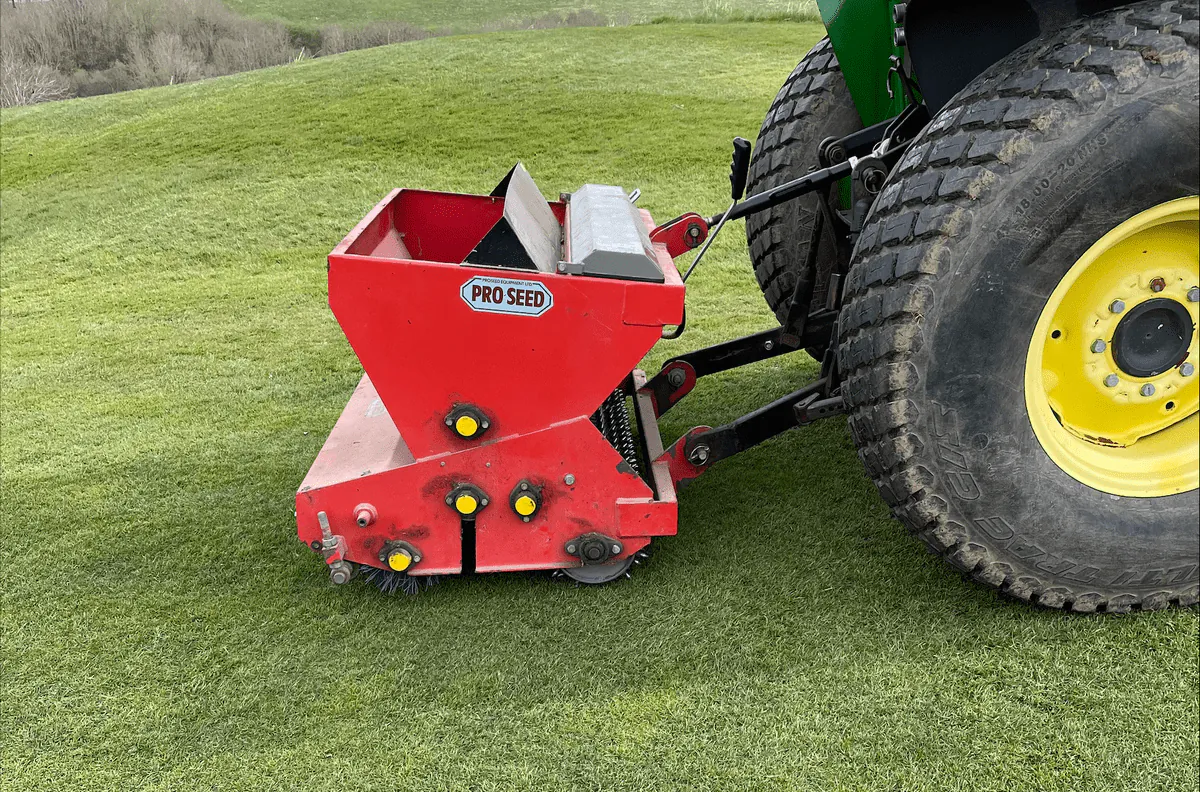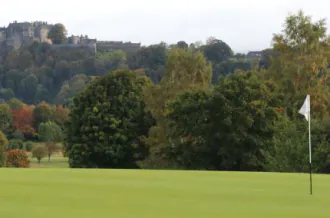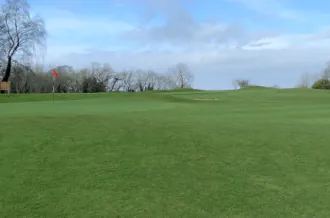Spring overseeding: Proactive seeding for better consistency
Proactive seeding can be used in a spring overseeding strategy to outcompete the disease-prone Poa annua without needing fungicides.

As the number of available treatments for grasses susceptible to fungal diseases such as Poa annua diminishes, more proactive management of golf course greens is required. One effective management technique is spring overseeding, so let’s consider how it can be used to best advantage.
Why overseed golf greens?
You may simply be putting seed in the ground to repair damage at the end of the summer. This is classic ‘end of season renovation’ to rectify the slow decline seen from traffic, disease and drought. With calendar restrictions, this may be the only option and remains a worthwhile practice, but if you are hoping to improve the proportion of more desirable species in your greens, it’s worth rethinking.
Begin by disassociating overseeding with the negative connotations of renovation and upsetting club members. It isn’t a detrimental practice and success is not dependent on accompanying a seed application with tonnes of sand, heavy scarifying and large holes.
Overseeding is a maintenance job, like feeding or spraying. It is about seeding consistently two, three or four times a year to combat wear and tear, rather than waiting for a noticeable decline on an annual basis. And it’s better carried out when you have a clear window with minimal operations – for example, don’t seed before you plan to dress and brush.
When to overseed golf course greens
The timing of overseeding in spring is largely determined by when conditions allow. The increasing soil temperatures during spring means there can be a big difference between early spring seeding in late February/March and late spring seeding in May. The pros and cons of seeding in March are more typical of cold-seeding – for example, seeding done before soil temperatures are at a point of promoting immediate germination. In late May, the pros and cons more often reflect those of summer seeding. Geographical variability also influences timing; the speed of germination and establishment in Scotland in late April can mirror conditions seen in southern England in March.
Sowing in early spring, germination won’t happen as quickly as when conditions are warmer, and the establishment is slow. Plants will emerge at inconsistent times and be a darker shade of green than the luminous emerald seen in summer so harder to spot. Bentgrass seeds will germinate at suboptimal temperatures though, with acceptable levels (50% or more) around 8°C, as seen in many parts of the UK in March.
Although the germination percentage may be lower, the advantage of early, proactive seeding is emerging seedlings are exposed to less playing pressure and maintenance activity, favouring establishment. Sowing later in the spring in warmer temperatures sees quicker, more uniform establishment, but a higher chance of seedling mortality due to lower cutting heights and increased playing pressure. For this reason, a light overseed in both March and May gives better consistency.
Suitable grass species for spring overseeding
To outcompete disease-prone species, such as Poa annua, and improve species composition, bentgrasses are the best option, proliferating under modern mowing heights of 4mm or less. Fescues and ryegrasses will not. Ryegrass will try to germinate in soils at 5°C so vulnerable to higher losses but provide an option for cosmetic repair of disease scarring. Fescue seeds are large and absorb greater quantities of water so struggle to survive in wet soils resulting in a higher mortality rate than bentgrasses.
For overseeding grass in spring, Browntop and creeping bents are robust varieties able to sit dormant in the soil for several months if required. Recent developments in Creeping bent cultivars also allows varieties to be selected for specific sites and environments as well as times of the year.
Germinal’s 007 DSB creeping bent is an all-rounder from a new generation of creeping bents, able to tolerate a wide range of weather conditions. Traditional Browntop varieties also offer optimal bentgrass qualities. Germinal’s UK-bred Browntop bentgrass mix, AberMajesty, blends three Browntop varieties, including two Aber bentgrasses. It performs well on UK greens and has above average resistance to fusarium. A blend of both, Germinal’s ForeFront Greens gives good disease tolerance and a great platform for starting a greens improvement programme.
How to overseed with golf grass seed
While seeding with a dimple or disc seeder produces impressive results, drop seeding offers a similarly successful, cost-effective and controllable method of application. Bent seed can be applied at a rate as low as 1-2 g/m2. Aim to do this two to three times a year, culminating with a heavier seeding in autumn. Follow a micro-tine, grooming or verticut with a drop or cyclone spreader and let the seed work in naturally or brush the seed and allow it to sit until it’s ready to establish.
Proactive seeding for UK greenkeepers
Basing management decisions on visual assessment alone is unreliable. Undesirable grasses such as Poa annua can look good and perform well when mown tightly but their susceptibility to fungal disease means they need to be removed. To improve grass composition, proactive seeding needs to be a fundamental part of green management.
Case studies: Spring overseeding golf greens
| Stirling Golf Club | Ballochmyle Golf Club | Broadway Golf Club |
 |
 |
 |
| Spring overseeding at Stirling Golf Club – read more. | Spring overseeding greens at Ballochmyle GC – read more. | Overseeding with Jamie Blake of Broadway – read more. |


